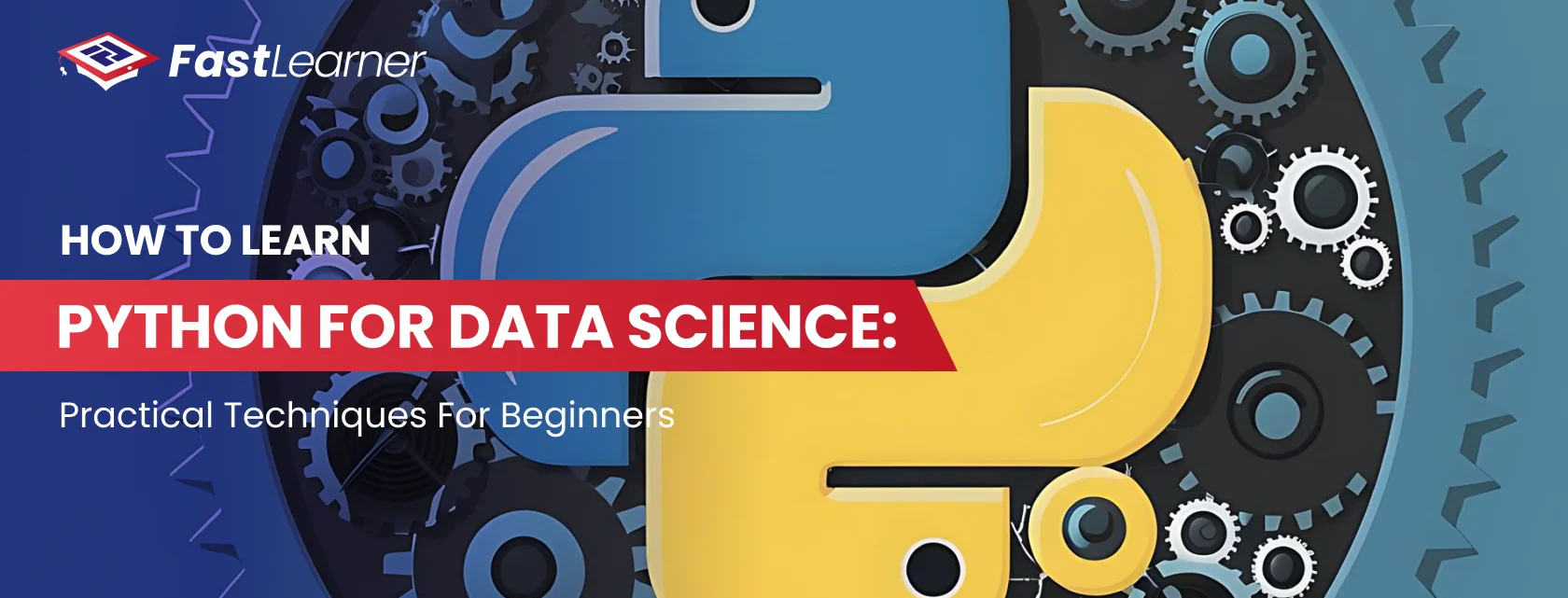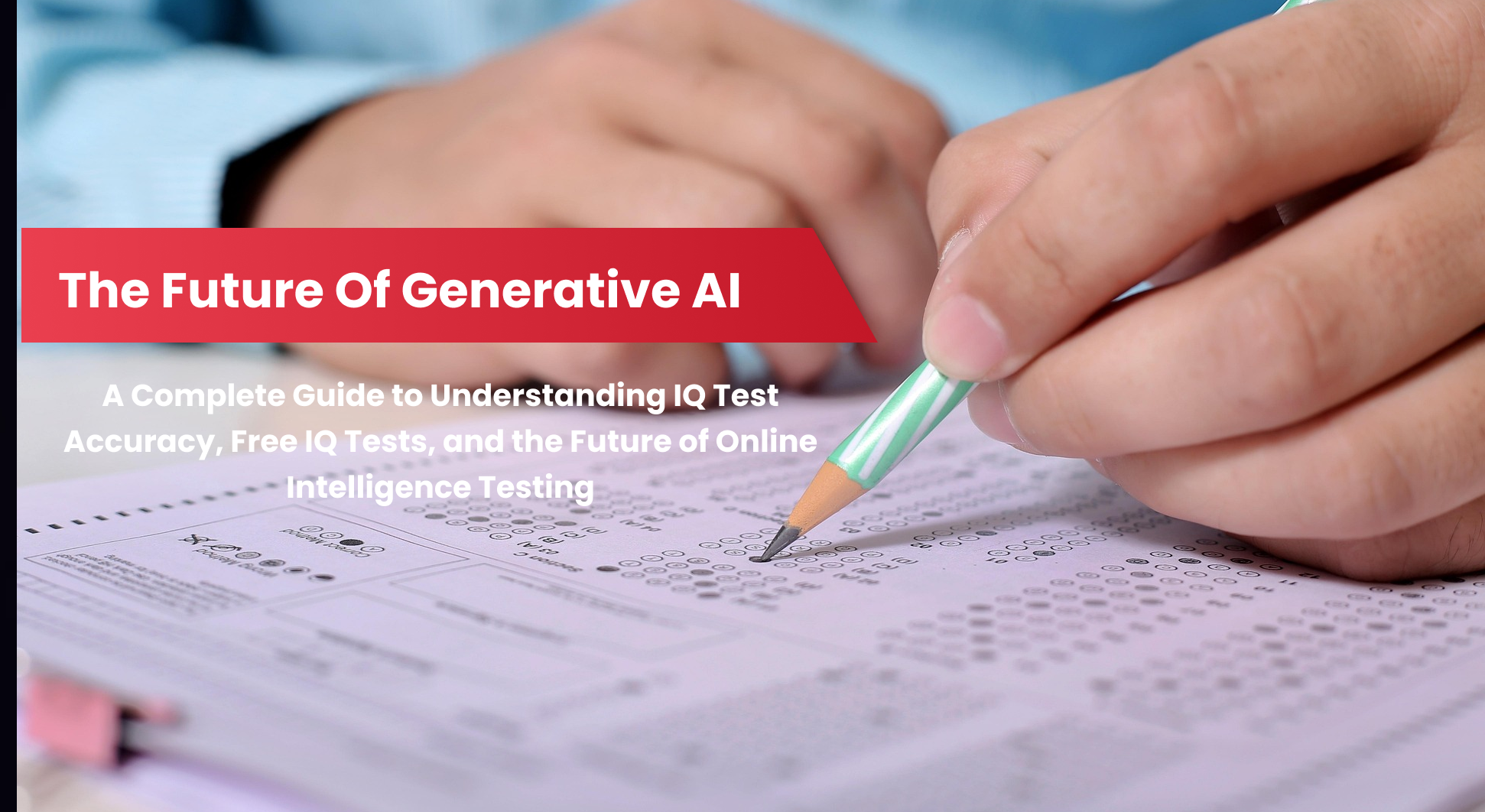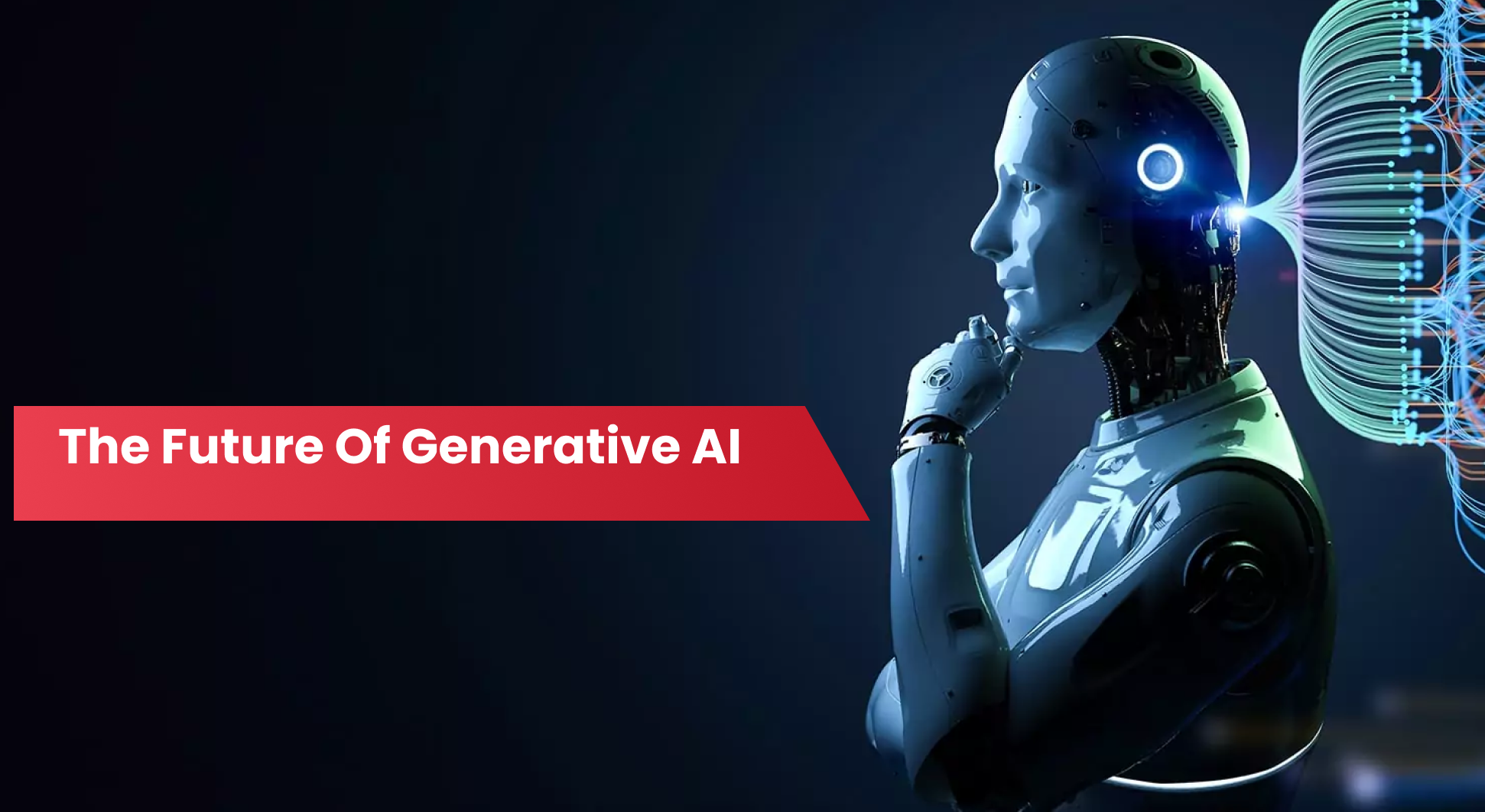Python has become the go-to programming language for data science due to its simplicity, versatility, and powerful libraries.
If you’re wondering how to learn Python for data science, this guide provides practical techniques and structured approaches to help beginners gain a solid foundation.
Whether you’re exploring how to learn Python for Data Science with practical techniques for beginners, or looking for data science with Python training, this article covers everything you need to know to kickstart your journey.
How to Learn Python for Data Science (Brief Overview)
- Why Python is the preferred language for data science.
- The essential Python programming fundamentals needed for data science.
- Key data science libraries such as NumPy, Pandas, Matplotlib, and Scikit-Learn.
- How to clean, preprocess, and manipulate datasets effectively.
- The importance of data visualization and how to use Matplotlib and Seaborn.
- Basics of machine learning and applying algorithms using Scikit-Learn.
- The significance of real-world projects in solidifying your skills.
- Recommended data science with Python training courses and certifications.
- The role of SQL and databases in data science workflows.
- Advanced topics like web scraping, big data, deep learning, and cloud computing.
- The importance of staying updated and engaging with the data science community.
Why Learn Python for Data Science?
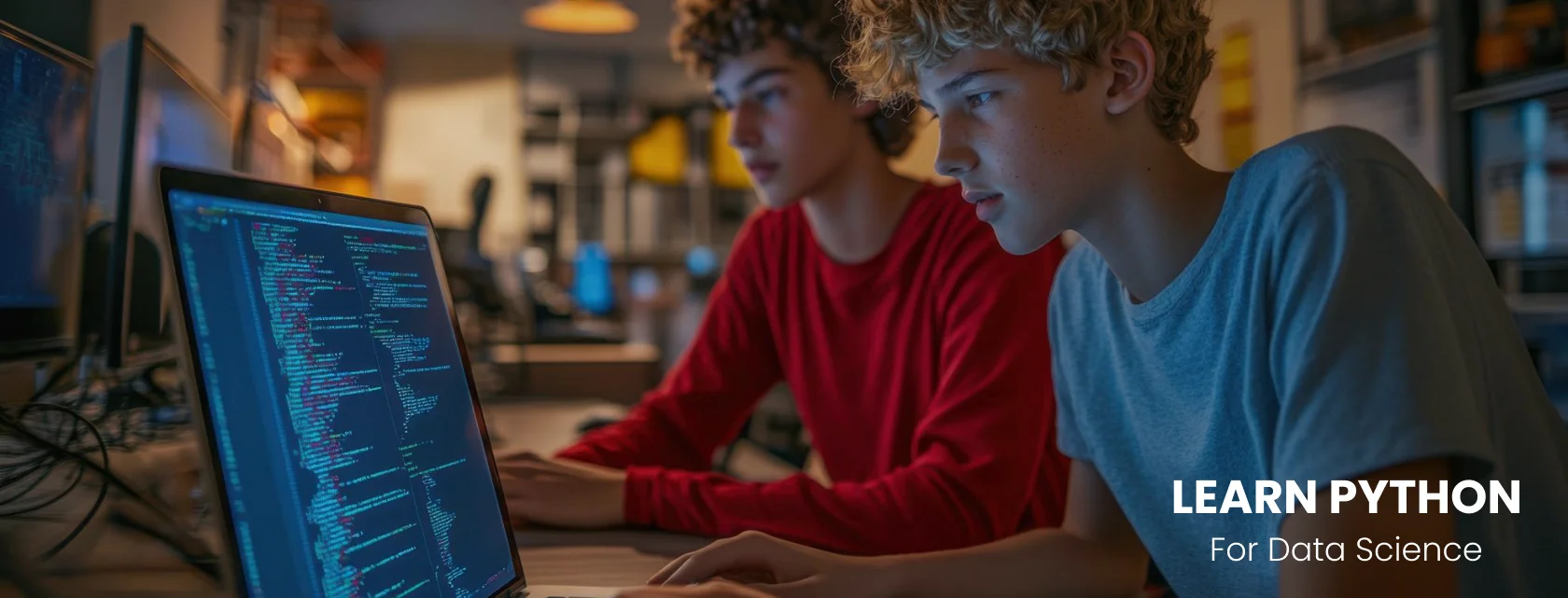
Python is widely used in data science because of its readability and extensive ecosystem of libraries such as NumPy, Pandas, Matplotlib, and Scikit-Learn. If you want to learn more about Python for Data Science, subscribe to Fast Learner, an AI-powered elearning platform for all eager learner.
Here’s why Python is a top choice for data science:
- Easy to Learn and Use: Python’s syntax is simple and intuitive, making it beginner-friendly.
- Extensive Libraries: Powerful tools for data analysis, visualization, and machine learning.
- High Demand in the Industry: Companies worldwide use Python for AI, machine learning, and data analytics.
- Strong Community Support: An active community provides endless learning resources and support.
Step-by-Step Guide to Learning Python for Data Science
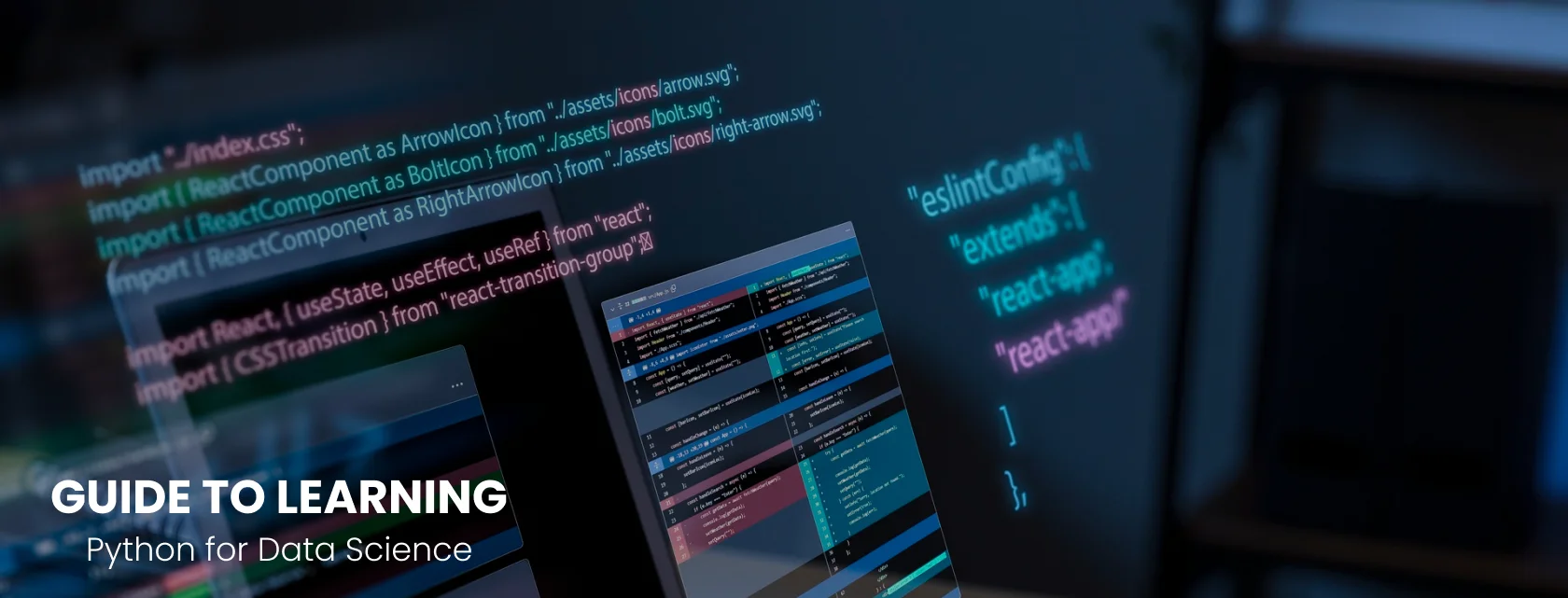
1. Learn the Basics of Python Programming
Before diving into data science, you need to build a strong foundation in Python programming for data science. Start with:
- Variables and data types
- Control structures (loops, conditionals)
- Functions and modules
- Object-oriented programming
You can use platforms like FastLearner, Codecademy, or Coursera’s Applied Data Science with Python Specialization to strengthen your programming skills.
2. Explore Data Science Libraries
Once you understand basic Python programming, focus on essential libraries for data science:
- NumPy: Handling numerical data and performing mathematical operations.
- Pandas: Data manipulation and analysis.
- Matplotlib & Seaborn: Data visualization.
- Scikit-Learn: Machine learning and predictive analytics.
Practicing with real datasets will help reinforce these concepts.
3. Work with Data: Loading, Cleaning, and Preprocessing
One of the most critical aspects of data science using Python is data preprocessing. You need to learn how to:
- Import datasets from CSV, Excel, and databases.
- Clean missing or inconsistent data.
- Transform and standardize data.
- Use Pandas for data wrangling.
A great way to practice is by working with datasets from Kaggle or UCI Machine Learning Repository.
4. Learn Data Visualization Techniques
Understanding data through visual representation is crucial in data science. Use Matplotlib and Seaborn to create:
- Line plots
- Histograms
- Scatter plots
- Heatmaps
These tools help in extracting meaningful insights from data, making analysis easier.
5. Get Hands-On with Machine Learning Basics
Machine learning is a major component of what is data science with Python. Beginners should start with supervised and unsupervised learning algorithms using Scikit-Learn:
- Linear regression
- Logistic regression
- Decision trees
- K-means clustering
Many intro to data science with Python courses offer hands-on projects to practice these techniques.
6. Work on Real-World Projects
To solidify your learning, apply your knowledge to real-world problems. Try projects such as:
- Predicting house prices
- Customer segmentation
- Stock market trend analysis
- Sentiment analysis on social media
- Fraud detection in financial transactions
Engaging in open-source projects or participating in Kaggle competitions is an excellent way to enhance your skills.
7. Take Data Science with Python Training
Enrolling in a structured course can provide deeper insights and structured learning paths. Some recommended options include:
- FastLearner’s Data Science with Python Training
- Coursera’s Applied Data Science with Python Specialization
- Udacity’s Data Science Nanodegree
- DataCamp’s Python for Data Science career track
These programs offer hands-on projects, mentorship, and certification upon completion.
8. Master SQL and Data Handling
Data scientists frequently work with databases, so learning SQL is essential. Mastering SQL will allow you to:
- Retrieve and manipulate data efficiently.
- Work with relational databases like MySQL and PostgreSQL.
- Integrate SQL queries with Python using libraries like SQLite and SQLAlchemy.
9. Learn Advanced Python Concepts for Data Science
Once you’re comfortable with Python basics, delve into advanced topics such as:
- Web Scraping: Using BeautifulSoup and Scrapy to collect data from websites.
- Big Data Processing: Using PySpark for handling large datasets.
- Deep Learning: Exploring TensorFlow and PyTorch for neural networks.
- Cloud Computing: Learning about AWS, Google Cloud, and Azure for large-scale data science projects.
10. Stay Updated and Join the Data Science Community
Data science is an evolving field, so staying updated is crucial. Follow:
- Blogs & Podcasts: KDnuggets, Towards Data Science
- Communities: Kaggle, Stack Overflow, GitHub
- Conferences & Webinars: Attend industry events to learn from experts
Joining online forums and participating in discussions will keep you engaged and help in networking with like-minded professionals.
Final Thoughts - How to Learn Python for Data Science
Learning data science with Python requires dedication and hands-on practice. By following structured learning paths, working on real-world projects, and engaging with the data science community, you can accelerate your progress.
Whether you’re taking an introduction to data science with Python course or diving into advanced topics, the key is consistent learning and application.
So, how to learn Python for Data Science with practical techniques for beginners?
Start your journey with the right resources, and soon, you’ll be applying Python to solve real-world data problems effectively!
FAQs About How to Learn Python for Data Science
How to start Python for data science?
Start by learning Python fundamentals, including variables, loops, functions, and object-oriented programming. Then, explore key libraries like NumPy, Pandas, Matplotlib, and Scikit-Learn. Hands-on practice with real datasets and structured courses can accelerate your learning.
Is 2 hours a day enough to learn Python?
Yes, consistency matters more than duration. Practicing Python for 2 hours daily can help you build a solid foundation in a few months. Focus on coding exercises, projects, and real-world applications to reinforce learning.
How do I practice Python for data science?
Practice by working on datasets from Kaggle or UCI Machine Learning Repository. Try tasks like data cleaning, visualization, and implementing machine learning models. Participate in coding challenges and projects to enhance your problem-solving skills.
How can I practice Python as a beginner?
Start with interactive platforms like FastLearner, Codecademy, or DataCamp. Work on small projects such as analyzing simple datasets, automating tasks, or building basic visualizations. Join online communities to get feedback and stay motivated.
